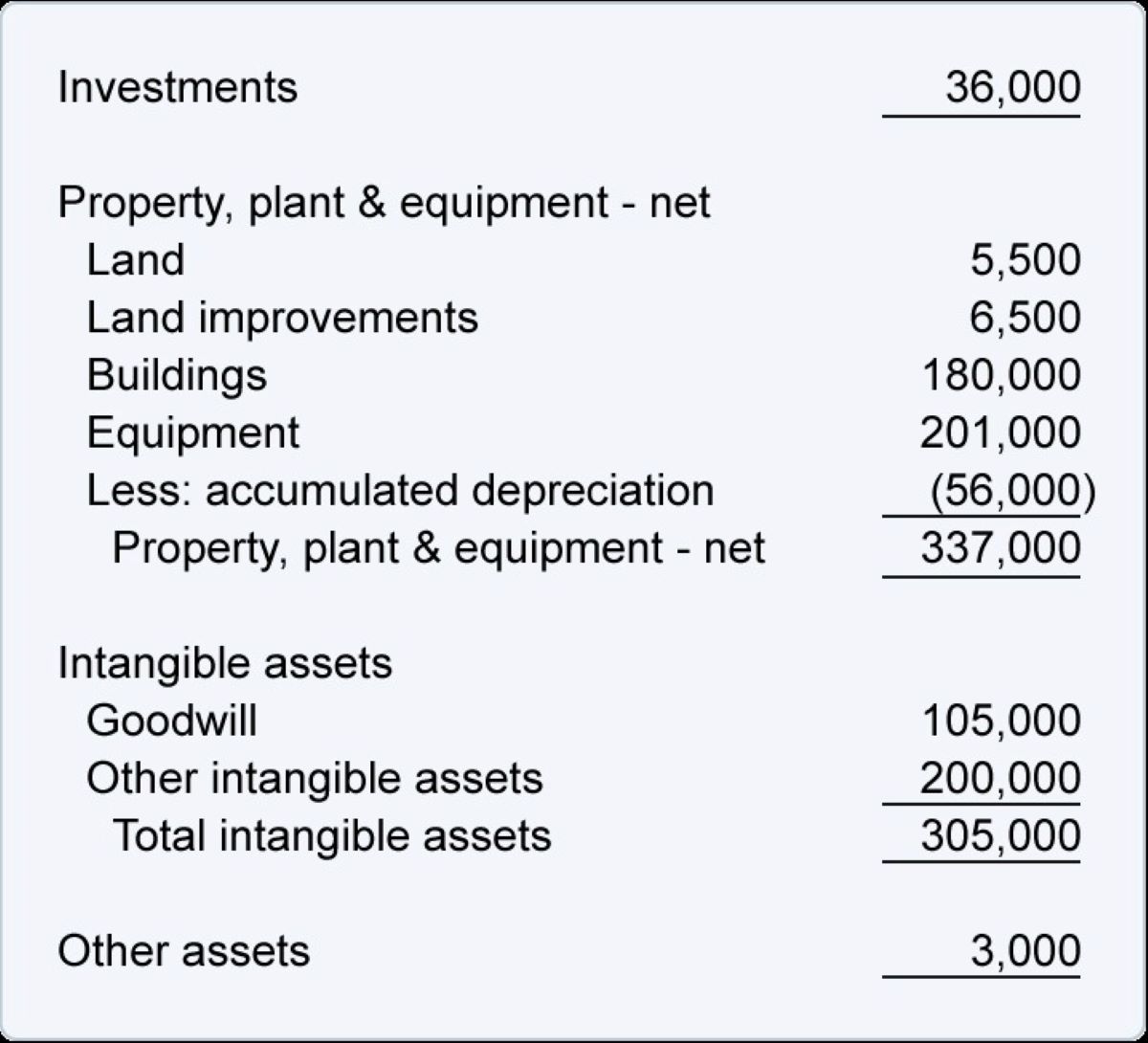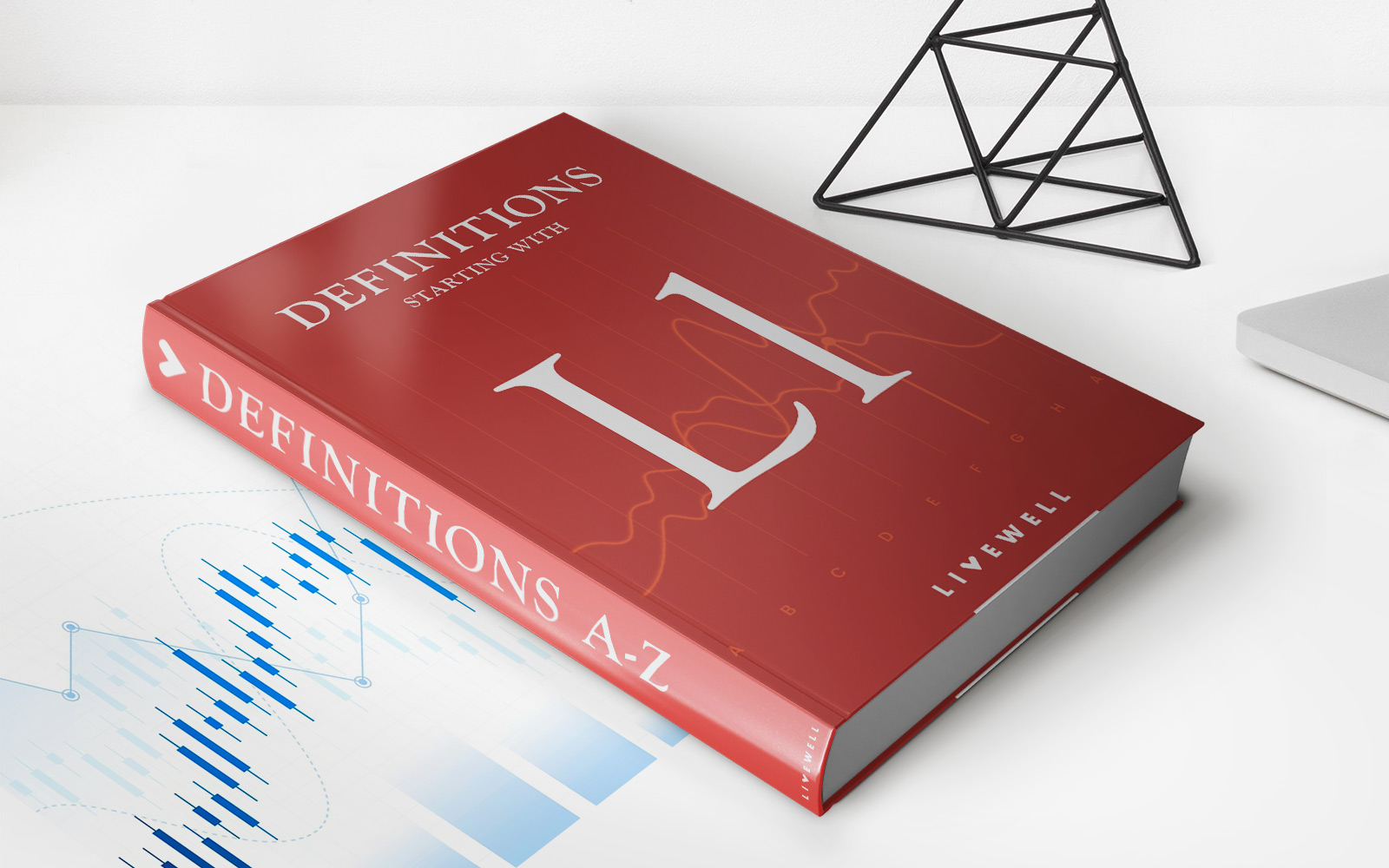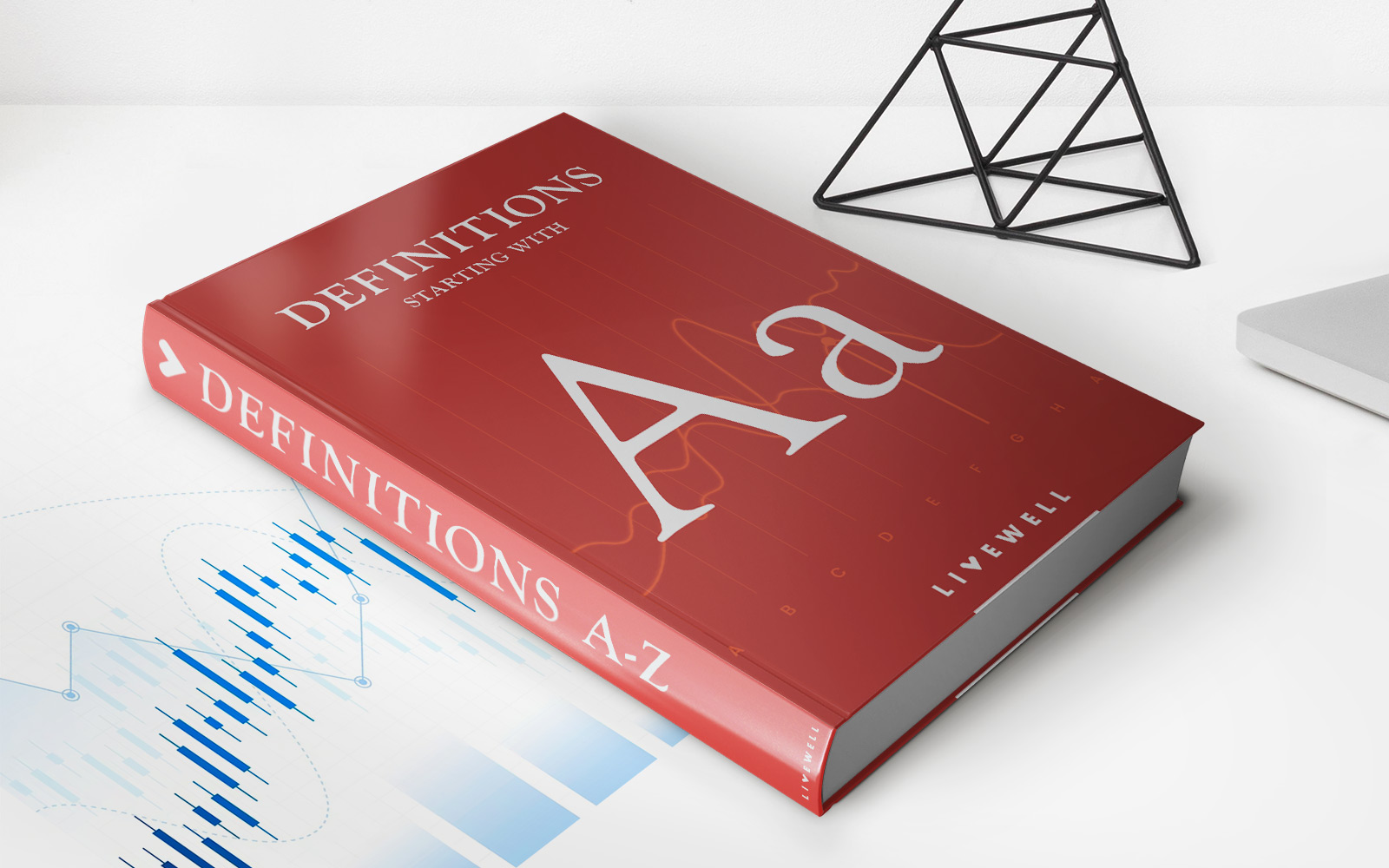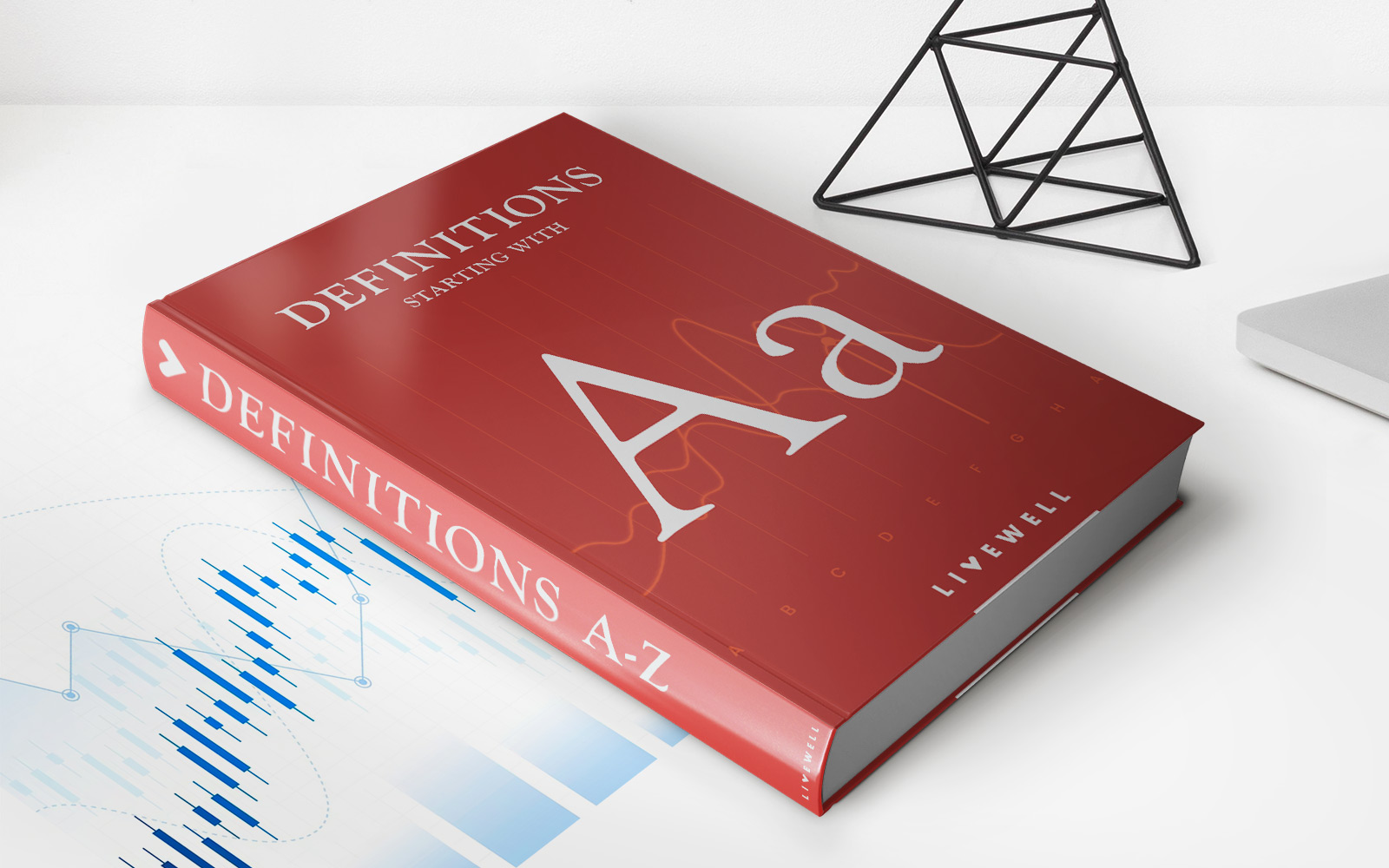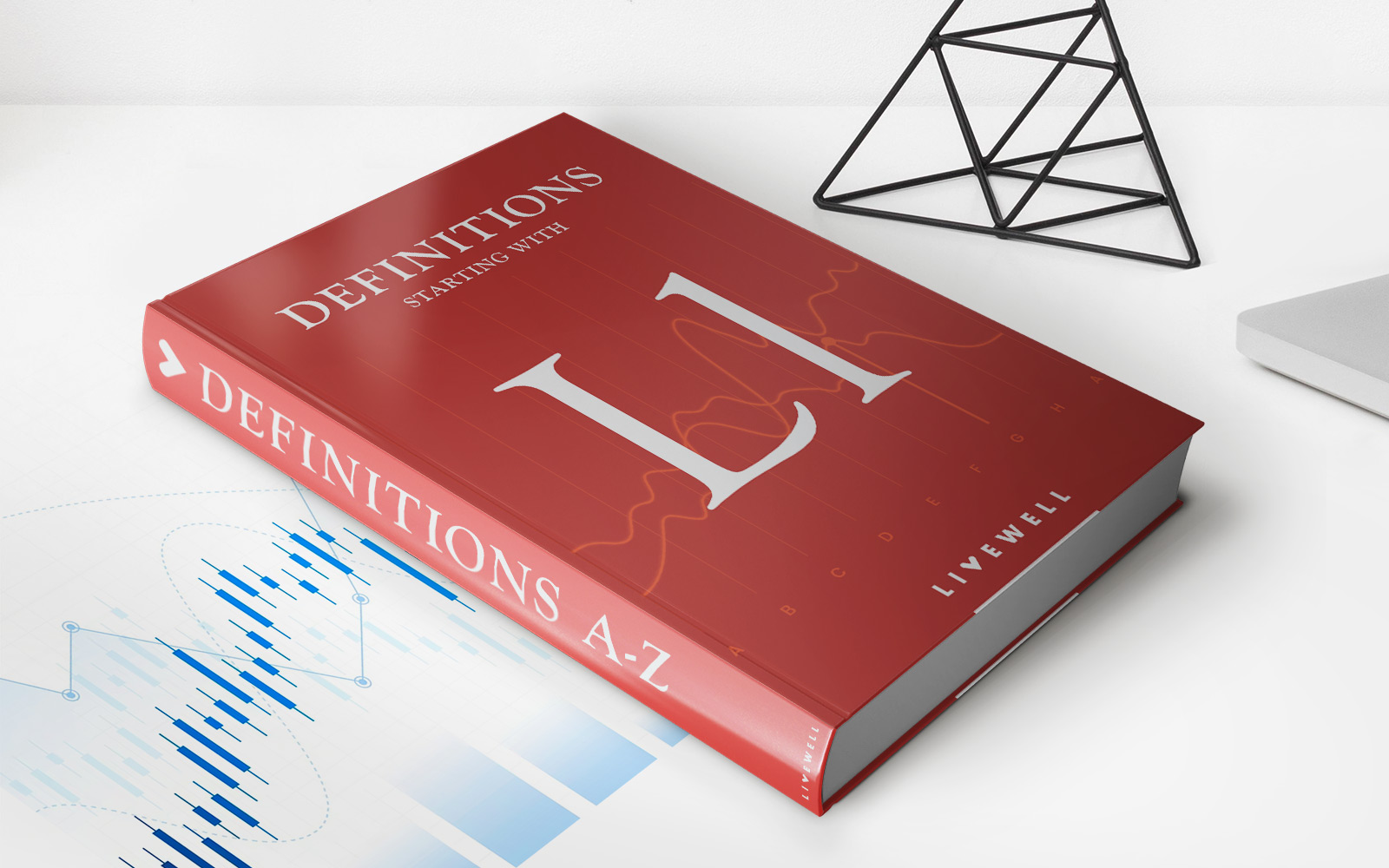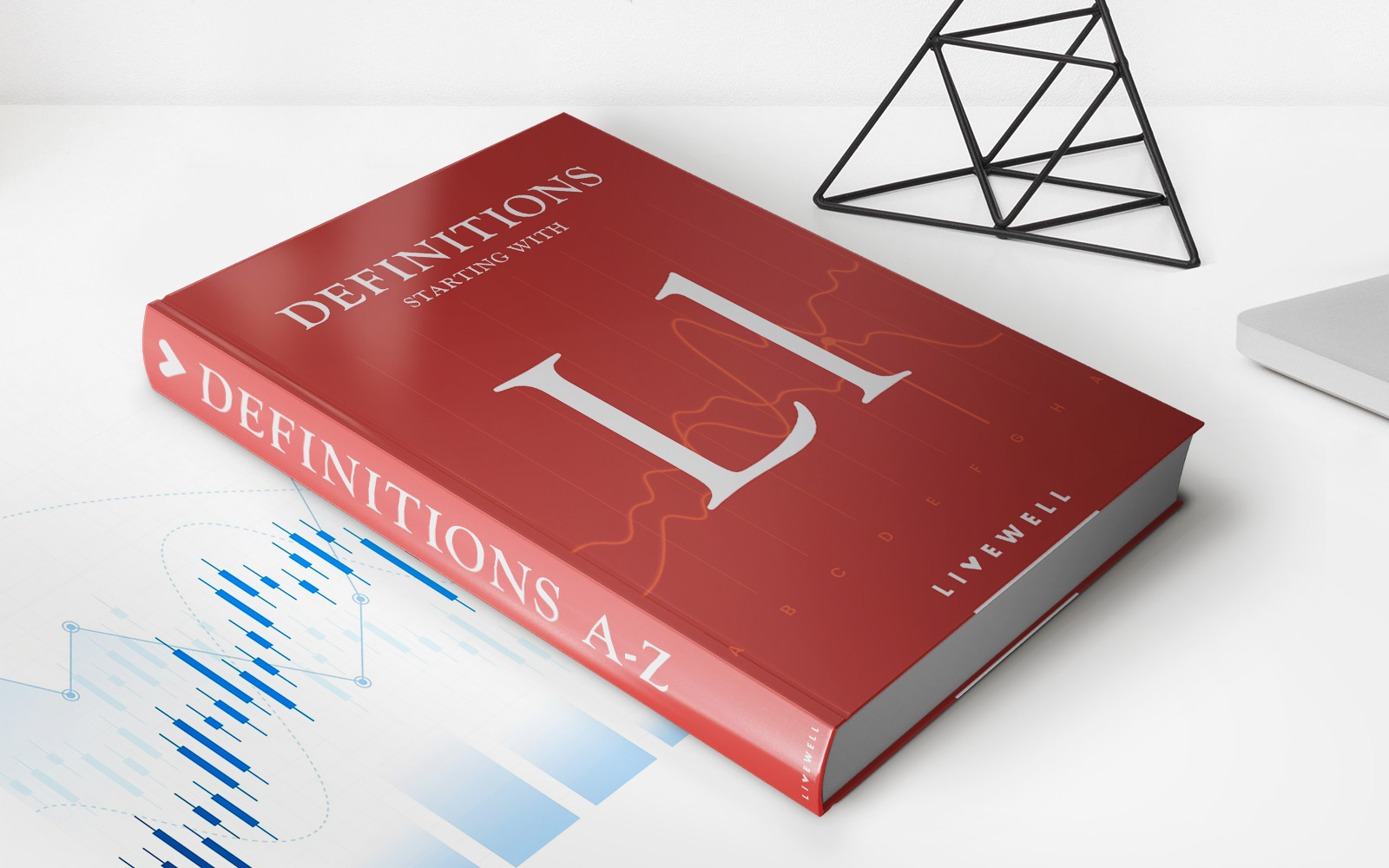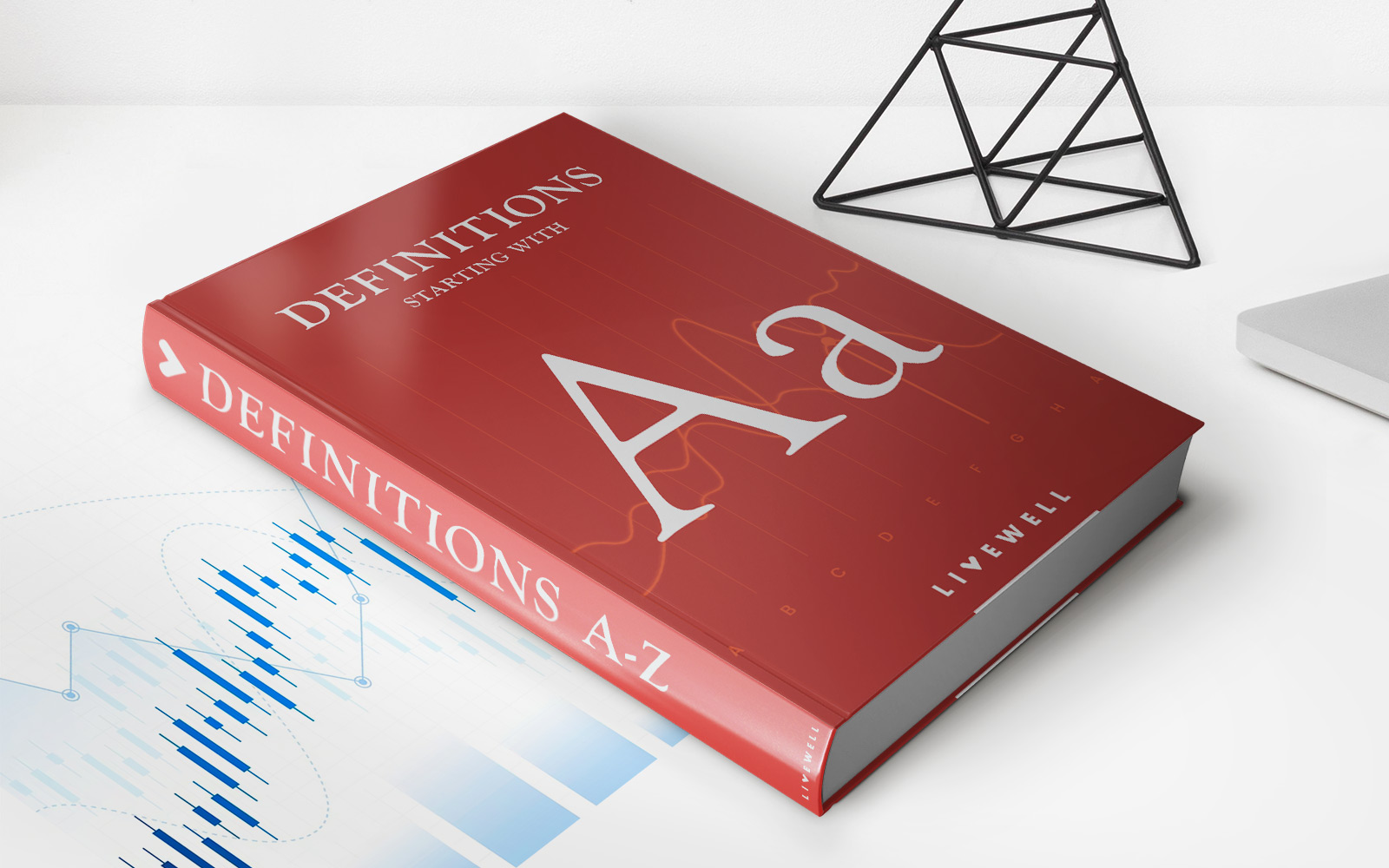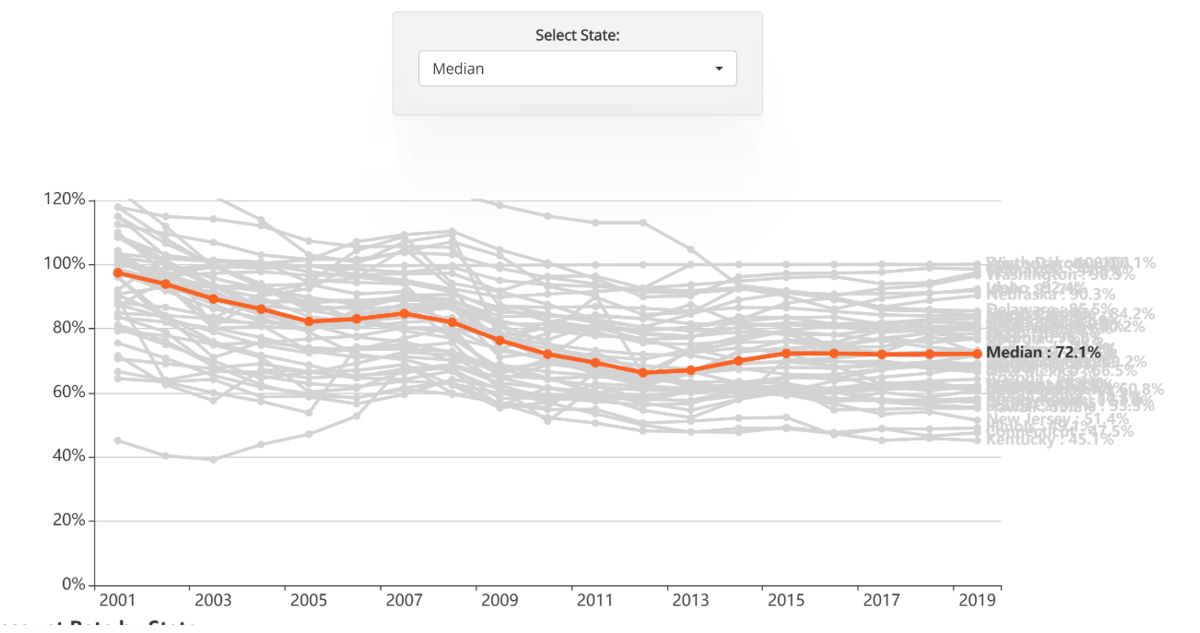

Finance
Long-Dated Asset Definition
Published: December 20, 2023
Learn about long-dated assets in finance and their importance in investment strategies. Understand the definition and benefits of these assets.
(Many of the links in this article redirect to a specific reviewed product. Your purchase of these products through affiliate links helps to generate commission for LiveWell, at no extra cost. Learn more)
Understanding Long-Dated Assets: A Guide
Finance is a vast and complex field, with numerous terms and concepts that can sometimes be difficult to grasp. One such term is “long-dated assets.” But fear not! In this blog post, we’ll dive deep into the world of long-dated assets and demystify this concept for you.
A long-dated asset refers to an investment or asset that has a longer maturity or holding period. It typically extends beyond five years, making it a long-term investment. These types of assets are often found in the realm of finance and can include bonds, real estate, infrastructure projects, or even certain types of business loans.
Key Takeaways:
- Long-dated assets have a maturity or holding period that exceeds five years.
- Examples of long-dated assets include bonds, real estate, and infrastructure projects.
Now that we have a basic understanding of what long-dated assets are, let’s take a closer look at some key characteristics and benefits associated with them:
- Stability and Predictability: Long-dated assets often offer greater stability and predictability compared to short-term investments. The longer holding period allows for smoother investment returns and reduces the impact of short-term market fluctuations.
- Income Generation: Many long-dated assets, such as bonds or rental properties, provide a steady stream of income over an extended period. This can be especially beneficial for individuals looking to diversify their investment portfolio and secure regular cash flows.
Long-dated assets are not without their considerations, though. Here are a few factors that investors should keep in mind:
- Liquidity: Long-dated assets are typically less liquid than short-term investments. Selling or liquidating these assets may take longer and could involve additional costs or penalties.
- Interest Rate Risk: Interest rates can have a significant impact on the value of long-dated assets, particularly bonds. Changes in interest rates can lead to fluctuations in asset prices, which may affect the investor’s overall returns.
As with any investment decision, it’s crucial to carefully assess your investment goals, risk tolerance, and time horizon before delving into long-dated assets. Consulting with a financial advisor can provide invaluable guidance in designing a long-term investment strategy that aligns with your financial goals and aspirations.
So, whether you’re exploring the world of finance or looking to expand your investment portfolio, understanding long-dated assets is essential. With their potential for stability, income generation, and the ability to diversify your holdings, long-dated assets can play a crucial role in your overall financial planning.
Remember, take the time to educate yourself, analyze your options, and seek professional advice when needed. Happy investing!
